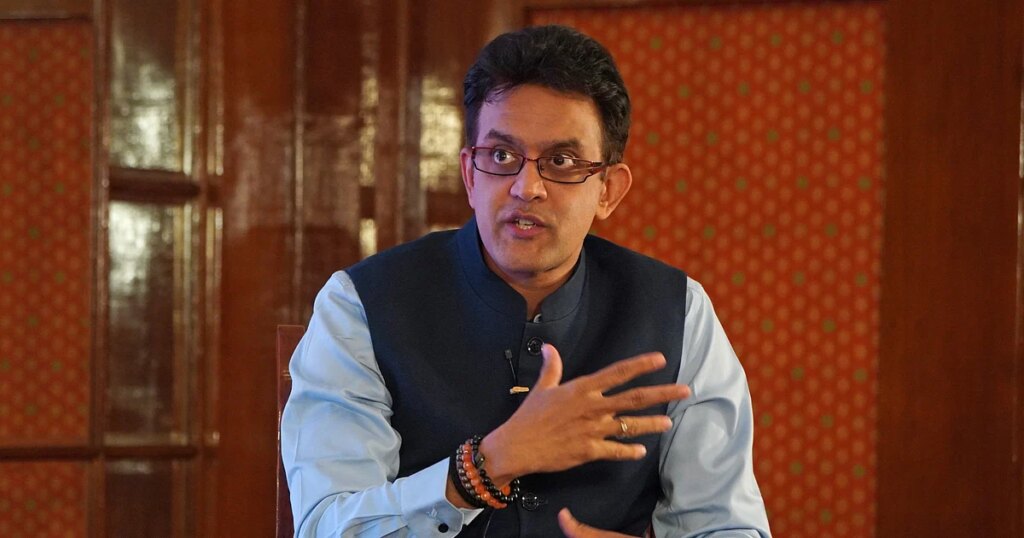
In this digital era, it is nearly impossible to turn a blind eye to the technological advances and the emergence of artificial intelligence (AI) in every sector. Though gradually, the publishing industry too is doing its share of experiments to adapt to the new change.
One such revelation in the sector, leveraged by the technology, is NAAV AI (Navigating AI across Vocabularies). Co-founded by author and historian Vikram Sampath and technologist Sandeep Singh, the project aims to bridge the language gap in India, making literary content accessible to readers across the country.
According to Sampath, the idea for NAAV AI was born out of his personal experience with book translations. “It takes eight to nine months to translate a book, and by the time it is published, the buzz around the book would have been lost,” he says, highlighting the challenges of conventional translation methods.
“Today, there is a huge demand, particularly in the regional language space – be it books or podcasts. About five to six per cent of Indians consume content in English, whereas a survey that was done earlier says around 98 per cent of Internet users in India consume content in regional languages. The supply is not just to meet the demand, but to cater to those who prefer consuming content in their mother tongue or language of comfort,” he notes.
Sampath also stresses the importance of translation and literature travelling beyond the language barrier, stating, “Today, we have Banu Mushtaq, who otherwise was probably not an author beyond Karnataka. Kannada language is now being recognised globally, and that is the power of translation.
But is AI enough to do the job? Sampath emphasises the role of human interference in the process of translation, stating, “When it comes to literature and creative spaces, it can’t be completely left to the machine or the AI to derive meaning.”
For him, this is a point where creativity meets technology, where having a human in the loop preserves the cultural nuances of the context. “Translation using AI is like teaching a child to speak a language. As more books come in the pipeline, language experts will start getting better, but at no point will human being in the loop ever vanish because it’s a creative process, he says, adding, “We have hired professional translators, linguists and language experts who will go through these books line by line and then come out with corrections.”
According to him, AI in the publishing and translation industry is a tool that can enhance productivity by assisting rather than replacing human labour and creativity. “What AI is doing here is not replacing the translators, but improving efficiency and productivity. If one was taking them six months to finish, now, with AI assistance, they will be able to complete it in four weeks,” he explains.
Sampath sees AI as an enabling tool and believes there is no escaping it. “AI is the future. It should be seen as an enabling tool and not as a threat to anybody. And the humans should ensure that a safe culture is maintained for it and the creative element is not taken away,” he says.





